Over 800 attendees were part of the MBA’s Independent Mortgage Bankers (IMB) Conference in Amelia Island Florida this week. The conference set new records of attendance which validates the increasingly important role that independent mortgage bankers, who now represent more than 50 percent of all mortgage originations volume, play in the mortgage market. The conference breakout sessions focused on providing practical strategies and tips to mortgage bankers that can be applied to strengthen operations, raise awareness of industry/policy trends, and incorporate changes to improve bottom line numbers. The MBA and many of the industry leaders who were presenting emphasized a continued commitment to enhancing diversity and inclusion. It makes good business sense to promote diversity and inclusion as it enhances decision making and helps mortgage bankers meet the needs of an increasingly diverse marketplace.
I was privileged to be invited as a speaker as part of the Business Operations and Compliance track for a session entitled “Three Great Ideas to Tighten Your Operational Efficiency.” The topic was near and dear to my heart since, through our risk management practice, we see some companies that demonstrate strong operational efficiency and demonstrate industry-leading practices that are worth sharing. I was thrilled to see many of my former colleagues from companies that I’ve worked for throughout my career in the audience. The panel discussion was moderated by David Lykken, President of Transformational Mortgage Solutions. Co-panelists were Frank Fiore, President of Matchbox, Inc and Brent Chandler, Founder & CEO of FormFree. The panelists led a lively discussion and provided strategies centered on three themes: Being Proactive, Workflow and Consistency. The discussion was particularly timely given the challenges many lenders face in this highly-regulated environment with multiple examinations, often concurrently, happening throughout the year. Regulatory and investor audits can often cause lenders to divert resources and incur additional compliance costs, which can be a challenge to ongoing attempts to maintain operational efficiency.

 Login
Login


















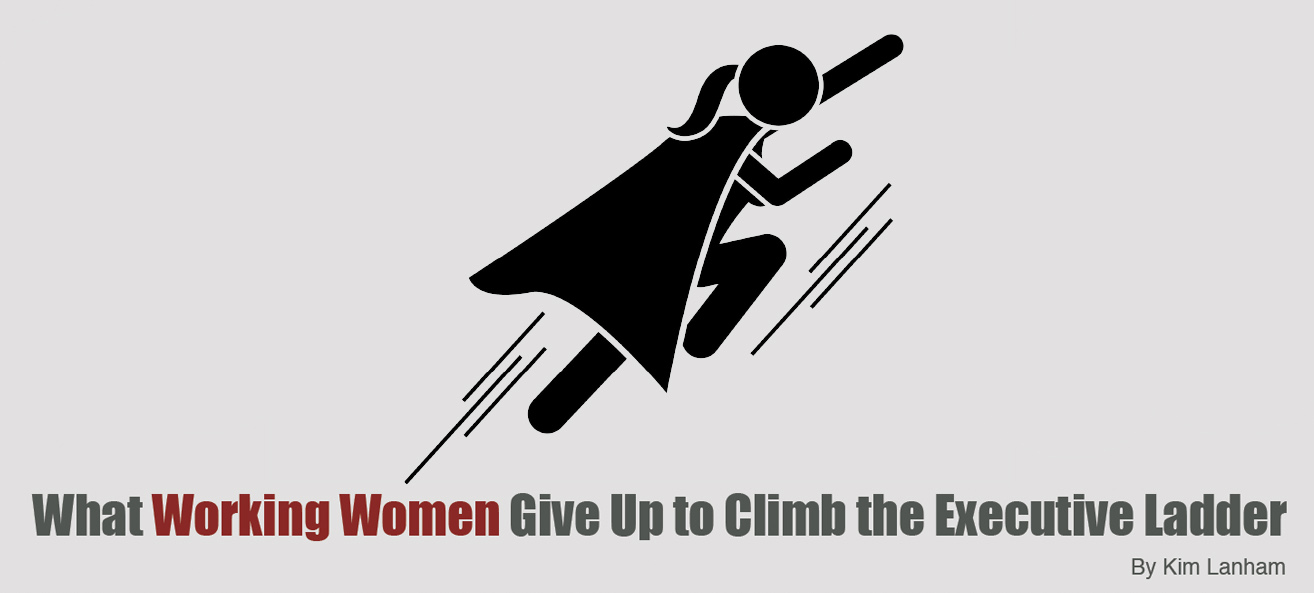
 P
P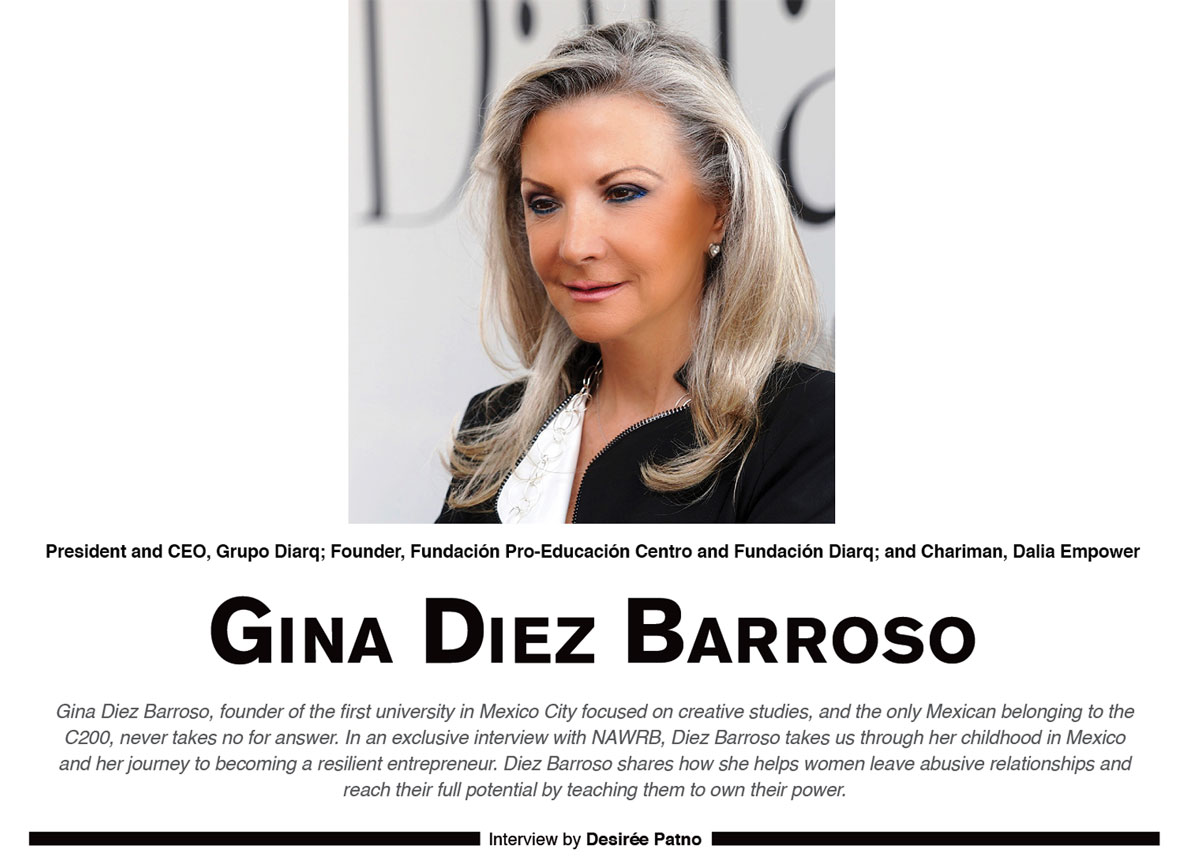
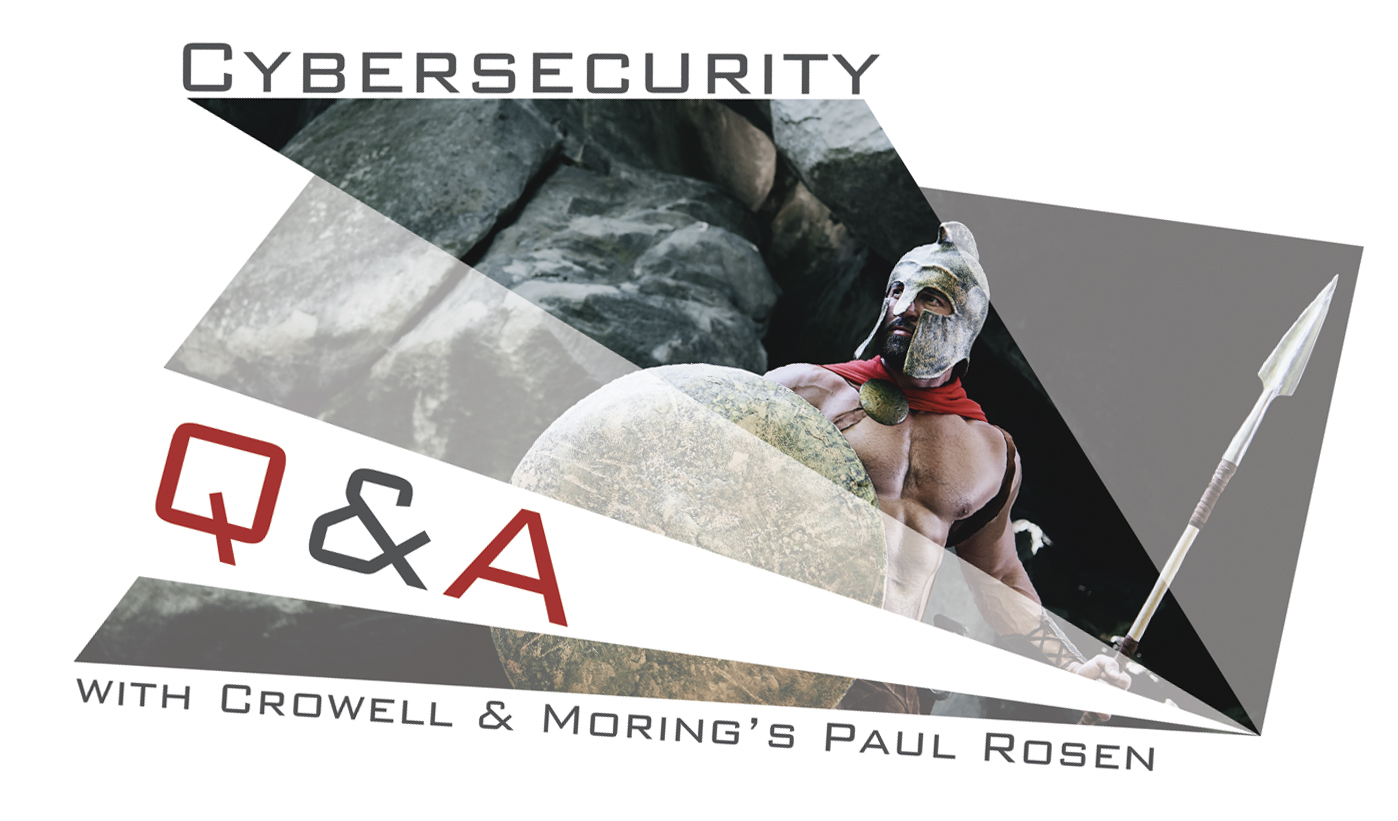
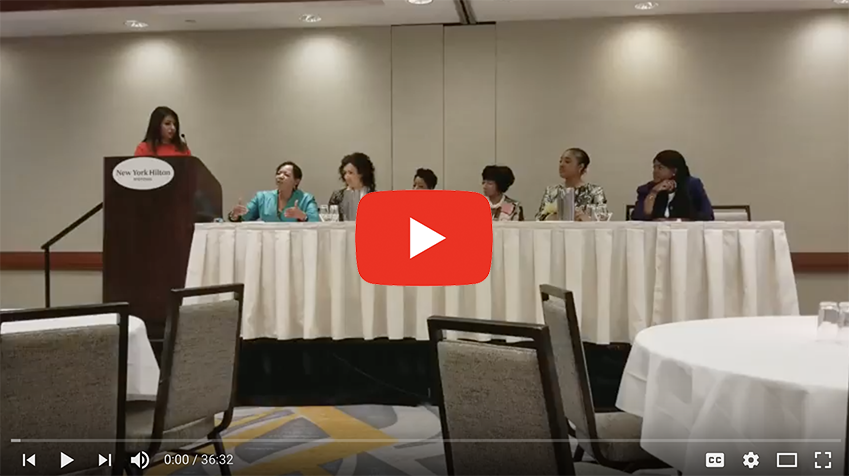
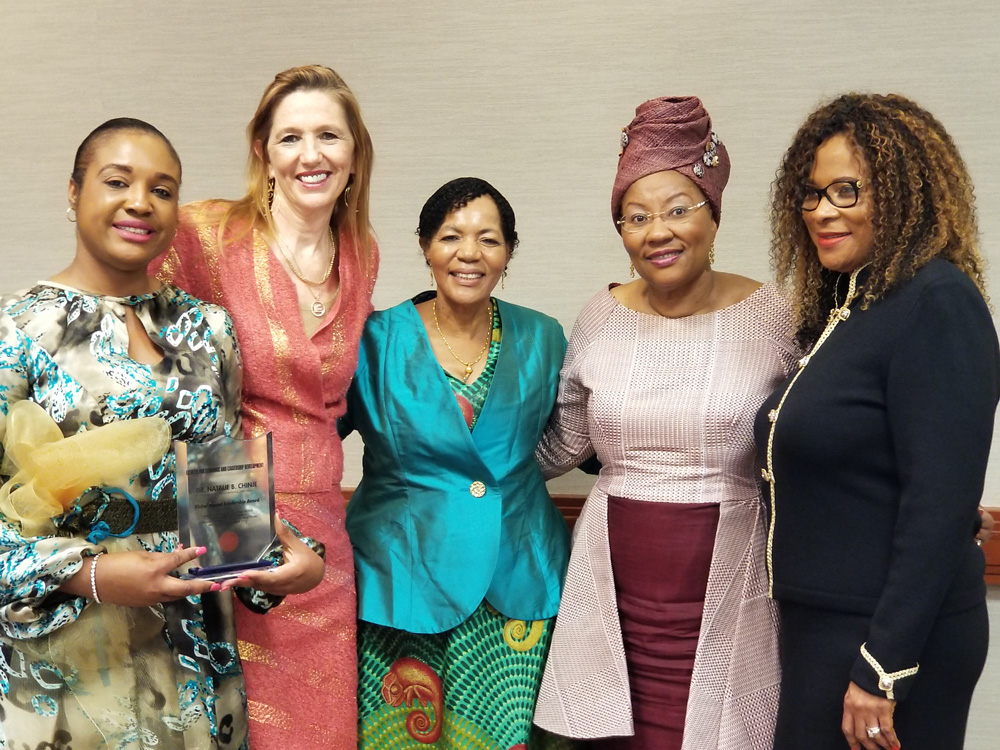


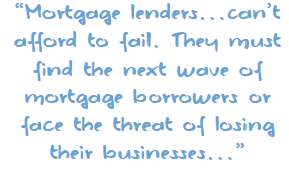
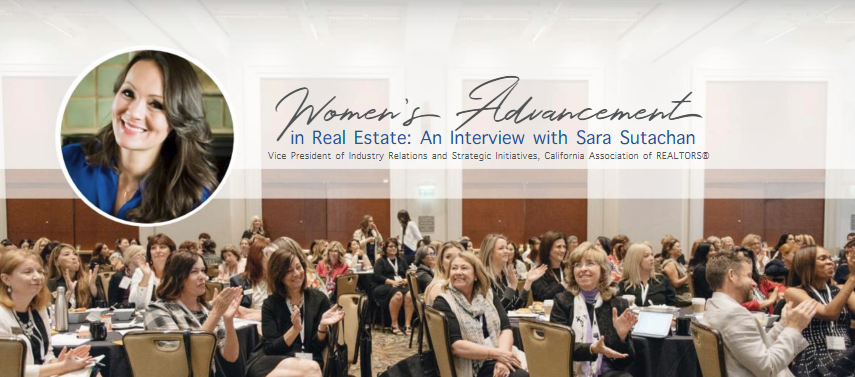
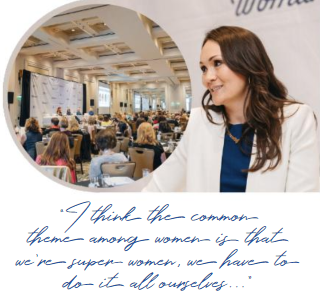
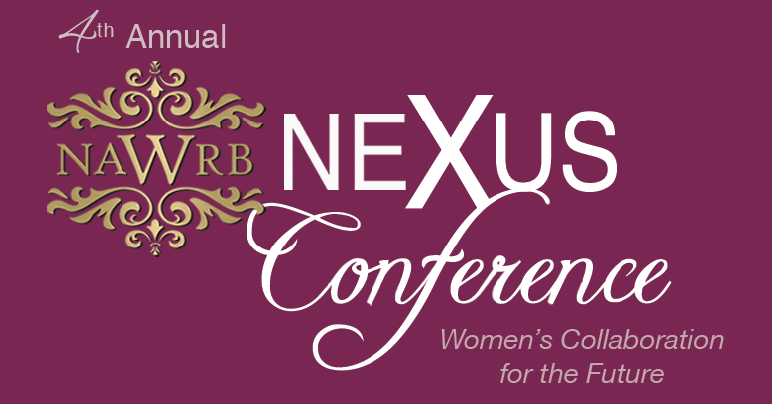
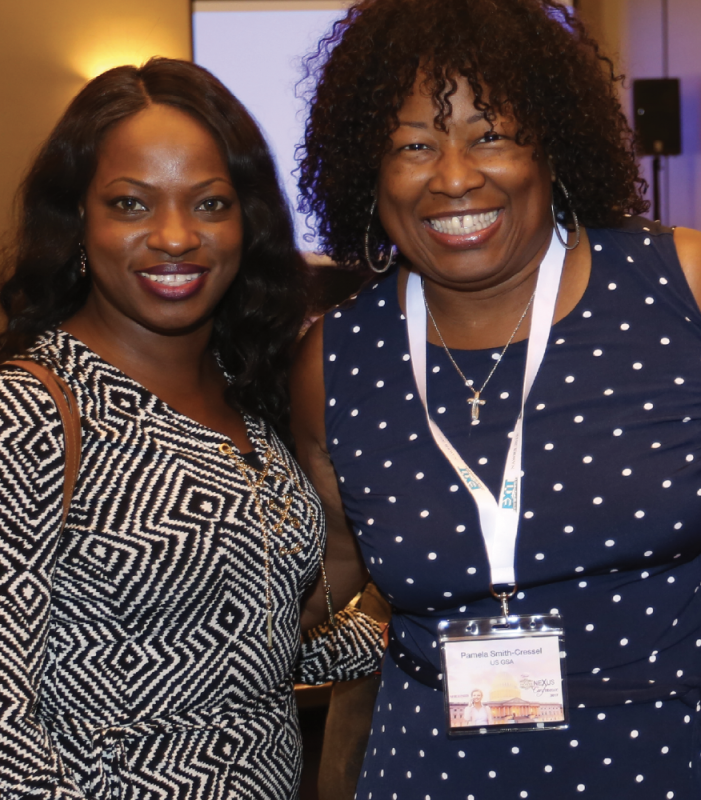 The excitement was palpable as attendees filtered into the Hilton Orange County/Costa Mesa and settled into their seats next to future strategic partners and collaborators. Desirée Patno, NAWRB CEO and President, kick-started the event by recognizing the hard work that went into making the conference possible and the professionals who made time in their busy schedules to be a part of the diversity and inclusion (D&I) movement.
The excitement was palpable as attendees filtered into the Hilton Orange County/Costa Mesa and settled into their seats next to future strategic partners and collaborators. Desirée Patno, NAWRB CEO and President, kick-started the event by recognizing the hard work that went into making the conference possible and the professionals who made time in their busy schedules to be a part of the diversity and inclusion (D&I) movement.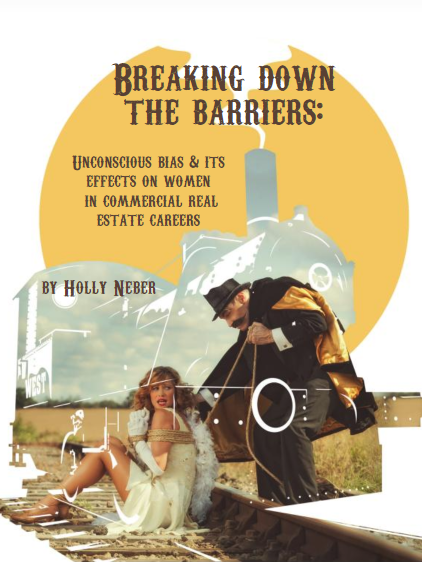 According to research published last year by the Commercial Real Estate Women (CREW) Network, the industry median annual compensation for women in commercial real estate fields is $115,000, compared with $150,000 for men—an income gap of 23 percent. The gap is actually widest in the C-suite at nearly 30 percent. While there are examples of women being intentionally paid less for the same role, it is likely that a large part of the difference can be explained due to unconscious bias.
According to research published last year by the Commercial Real Estate Women (CREW) Network, the industry median annual compensation for women in commercial real estate fields is $115,000, compared with $150,000 for men—an income gap of 23 percent. The gap is actually widest in the C-suite at nearly 30 percent. While there are examples of women being intentionally paid less for the same role, it is likely that a large part of the difference can be explained due to unconscious bias.